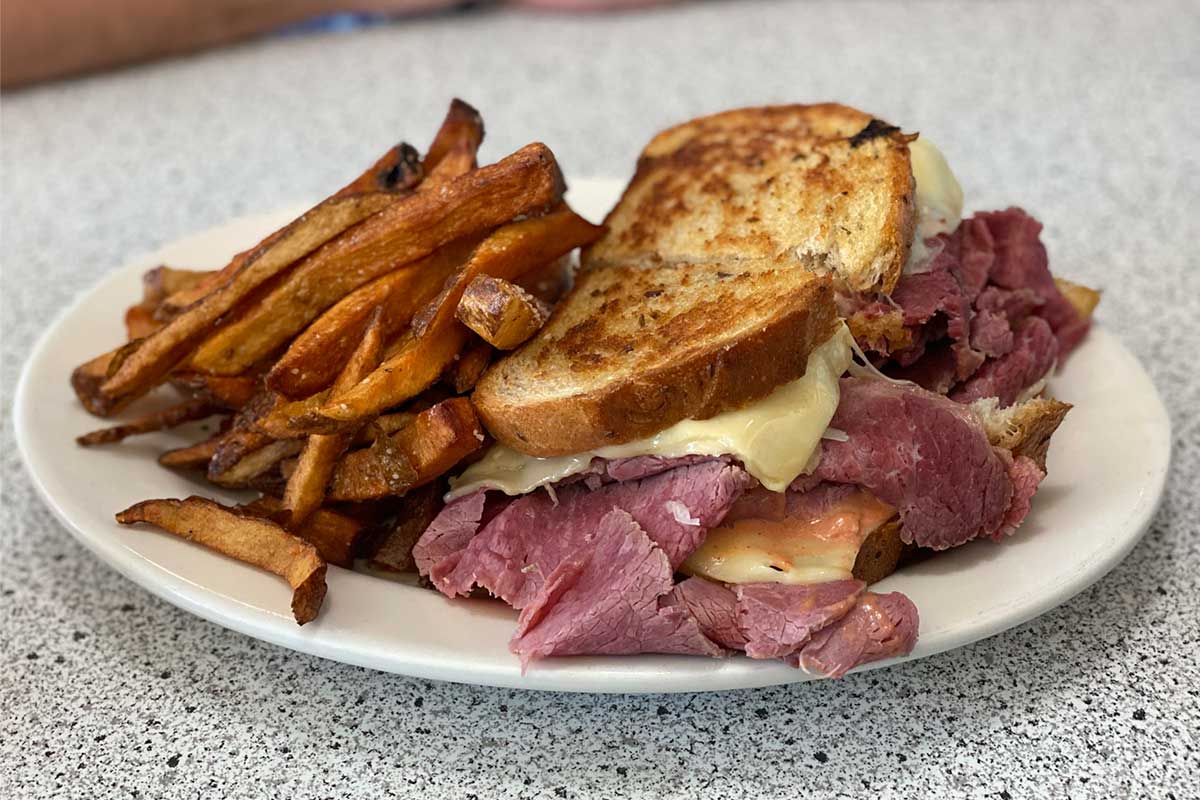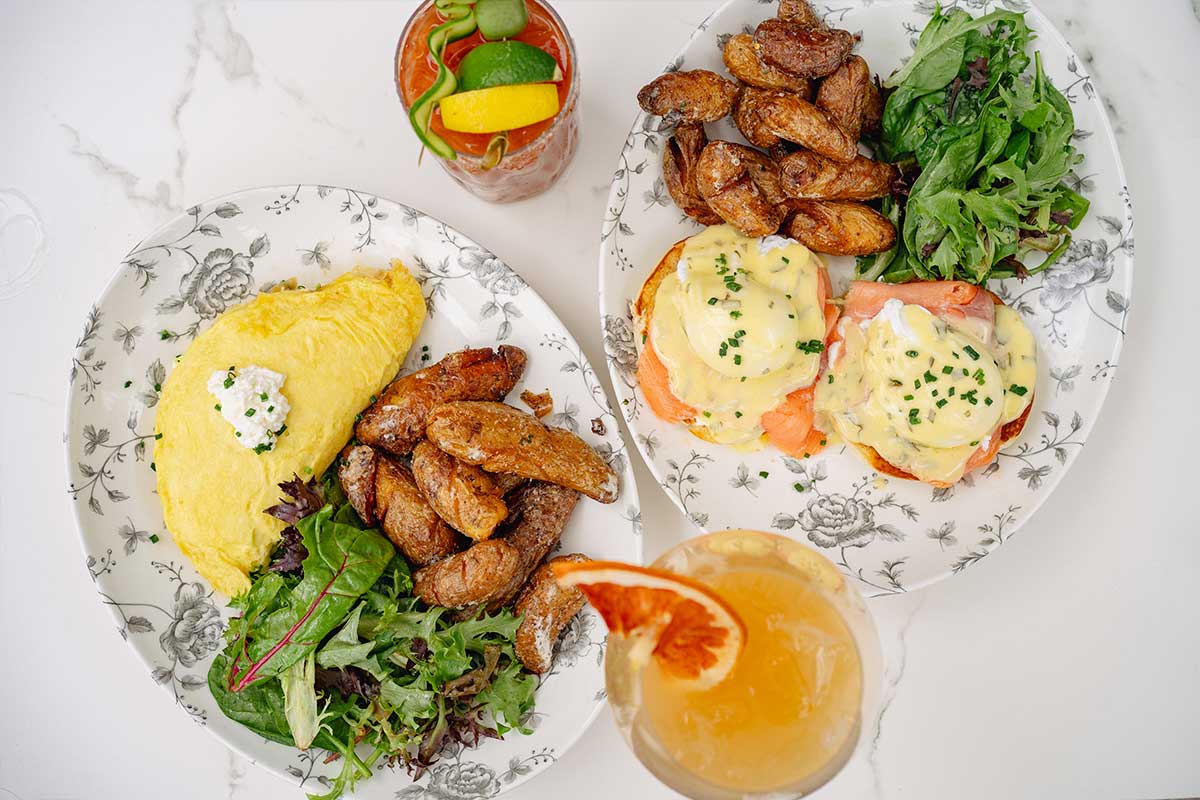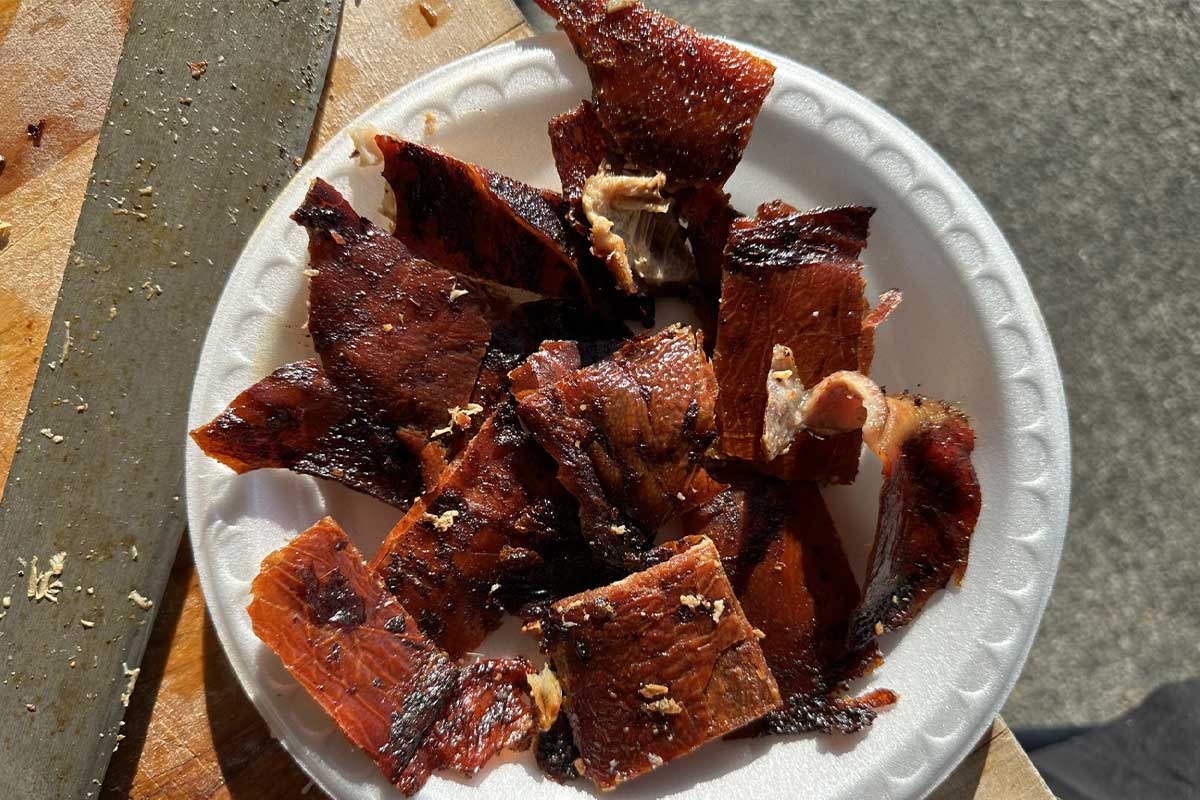Love bread again at Café Aurora.
By Stefanie Gans / Photography by Jonathan Timmes
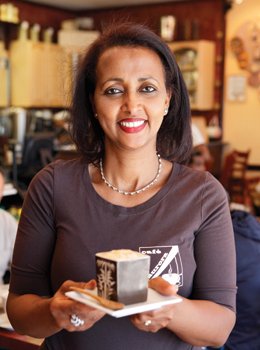
“You’ll be full all day,” a man at the next table tells me, smiling. “It aids with digestion.”
I don’t normally start my day with a bowl full of carbohydrates. In fact, I don’t normally start my day with anything but a frustrating drive around the Beltway and a few refills of a Costco-brand coffee, black.
But on that Monday, I tried a new method for morning sustenance. Doughy bread, reddish hued, roughly chopped. A bit spongy with a backdrop of heat; sour and kicky, tempered by a yogurt-sour cream mixture.
The kitchen cooks kitcha fifit on a flattop, the surface immortalized for burger-flipping. There, the dough soaks up butter and berbere, an imported blend of chili peppers, enhanced in-house with what owner Dahab Beyene calls “herbals.”
Offhand, she doesn’t know the English translation. When she first opened Café Aurora with her husband, she would call family members back home in Eritrea to send spices, but after eight years as a restaurant owner, she’s found domestic equivalents.
Café Aurora sits in an Alexandria strip mall just off Duke Street about a mile before it turns into Little River Turnpike. A booth hugs the left wall, with low tables in the center of the rectangular room and round, high-top tables near the long windows. A diner-like case displays a few drinks and imported Italian desserts. One corner proclaims the mission with a homey sign: Eritrean Heritage Corner.
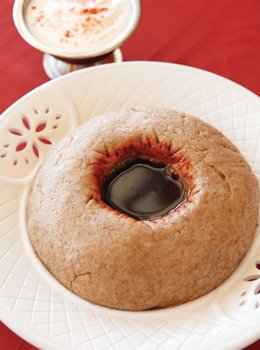
Eritrea. Air-ih-TREE-uh.
The small country squeezes itself between Ethiopia and the Red Sea. Decades of independence struggles dominate the relationship between Ethiopia and Eritrea. Similar food spans the border as is reflected with matching menu items here in the United States.
Although ga’at, brags Beyene, is a dish that Ethiopians acknowledge Eritreans do better. Usually reserved for special occasions, such as the birth of a child, ga’at is carb-loading breakfast: A traditional porridge tasting nothing of the West.
“It’s unlike anything I’ve ever had before,” says my world-traveling friend, as we eat a bon voyage dinner before her vacation to Istanbul. Does it taste like dough? Pancake batter? We try to understand, swooning after every test bite. We decide on matzah ball.
The porridge—barley, bran, whole wheat flour—arrives in a circular mold, with a dip in the center. Warm herb-enhanced butter spiked with berbere pools in the well. The same yogurt-sour cream mixture accompanies the porridge, and we’re told to spoon it around the outside of the mold, first sliding the porridge on the spoon, then moistening it with the butter, and then a final dip in yogurt.
A bit of mashed garlic is added to the yogurt. “It will kill cholesterol,” says Beyene, finding a natural way to curb the dangers of dairy.
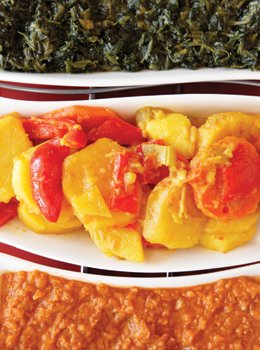
“You get a lot of energy after you eat ga’at,” Beyene says defending the three-quarters of a cup of flour in each serving. “We are carb eaters. But it’s not processed. It’s all organic.” Plus, she adds later, “People walk there, and there’s no problem.”
Just like at Ethiopian restaurants, injera—a spongy, sour teff flour bread—serves as both utensil and plate. But it also stars in qategna, a spicy wrap. Cut into strips, then brushed with butter and—you know—berbere, the injera is rolled into a pinwheel, or what Beyene describes as a Swedish pancake, arriving warm and pleasantly greasy.
Our young Eritrean waitress tells us this is a common snack (and I secretly curse my afternoons wasted on Tastykake butterscotch krimpets). While making injera in the morning, women often sneak some fresh out of the oven and simply dress it with kitchen staples butter and berbere.
The same waitress continues to talk about Eritrea, explaining her birth country’s Italian-inspired architecture (Italy colonized Eritrea in the 19th century) as a way to point out a few of the Italian-inspired menu items.
The chicken fettuccine Alfredo tastes somewhat like its namesake and looks nothing like the normally pale sea of cream. Instead, it could almost pass for a Bolognese in color and chunkiness, and references Beyene’s creativity with hints of Eritrean heat.
The chicken is tough, like most of the meat from Café Aurora, including the beef in both the rice dish and in the traditional Eritrean dishes; Meatless dishes are easy to find on the eclectic menu.
Smooth like Jiffy peanut butter, shiro pretty much lives up to its assigned status on the menu, “to die for.” Far from hummus, this chickpea dish is thick enough to pass for pot de crème.
In Eritrea, the conversion of whole chickpea to powder can take 15 days. Stateside, without the luxury of baking chickpeas from the equator’s unrivaled sun, the beans roast in the oven. The result, after the powder mixes with onion, garlic, oil, herbs and water, reads smooth and almost nutty, and unlike other restaurant versions loaded with vegetal tasting split peas.
Shiro is scooped up with injera, of course, as a carb assigns itself to each dish here.
“But this is a good carb,” says the slim, reassuring Beyene. “We need carbs, don’t we?”
Café Aurora
50 S. Pickett St., Unit #24, Alexandria; 703-567-4050; cafeaurorausa.com
Hours: Open for breakfast, lunch and dinner daily.
Average entree: $13-$20 ($$)
(June 2012)


